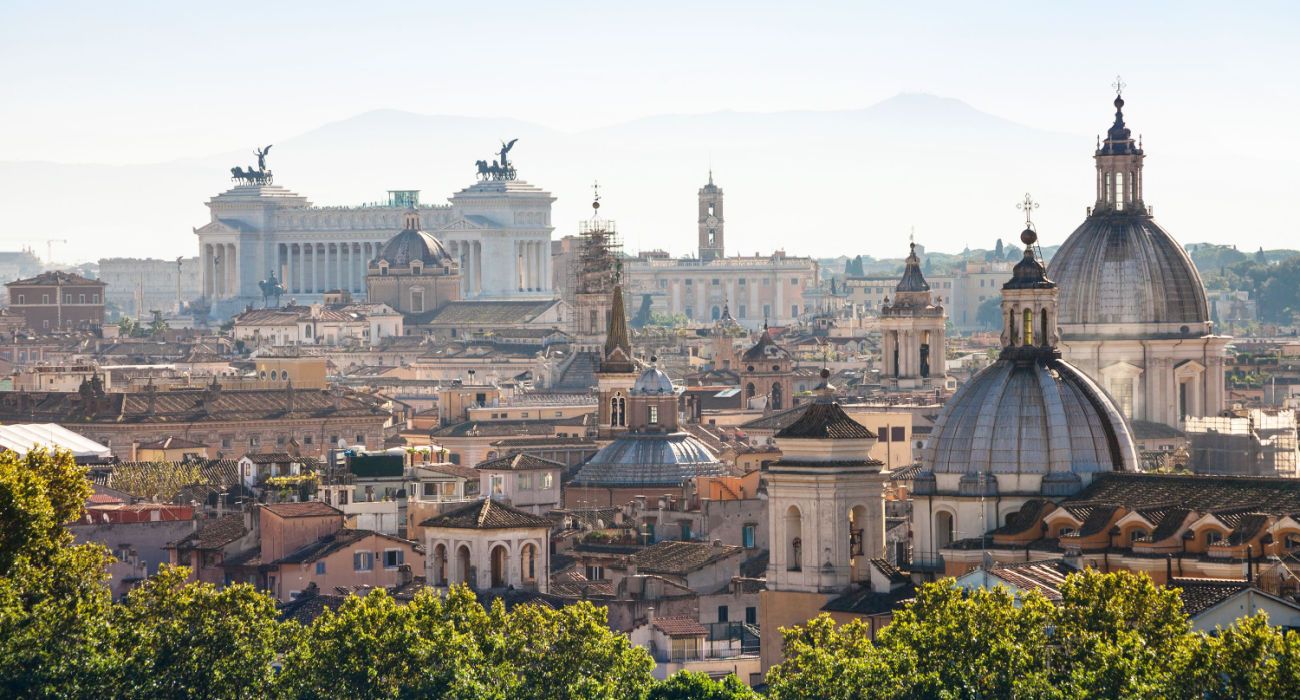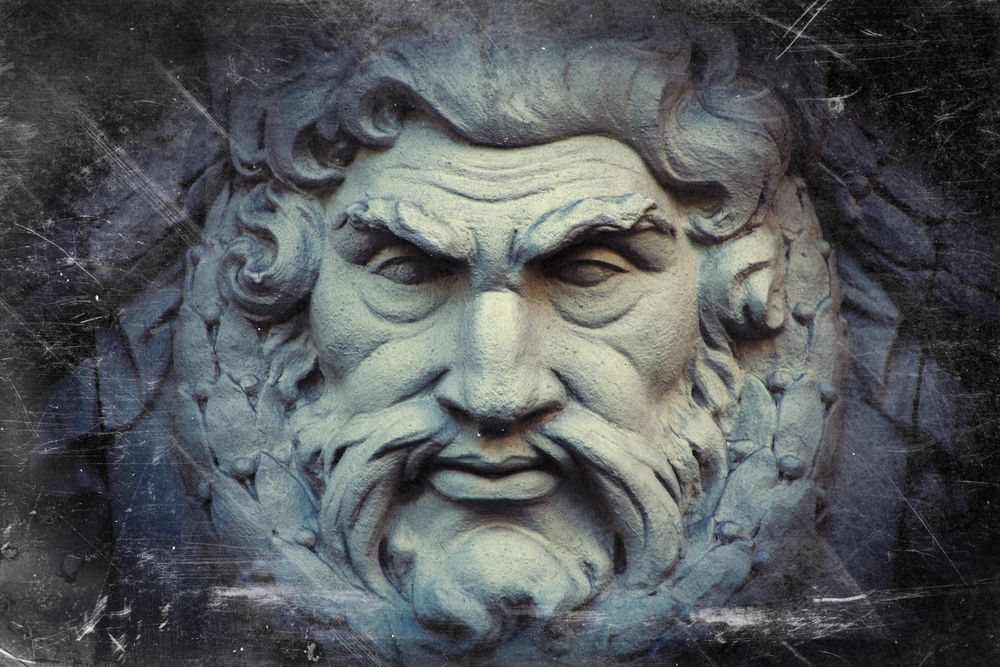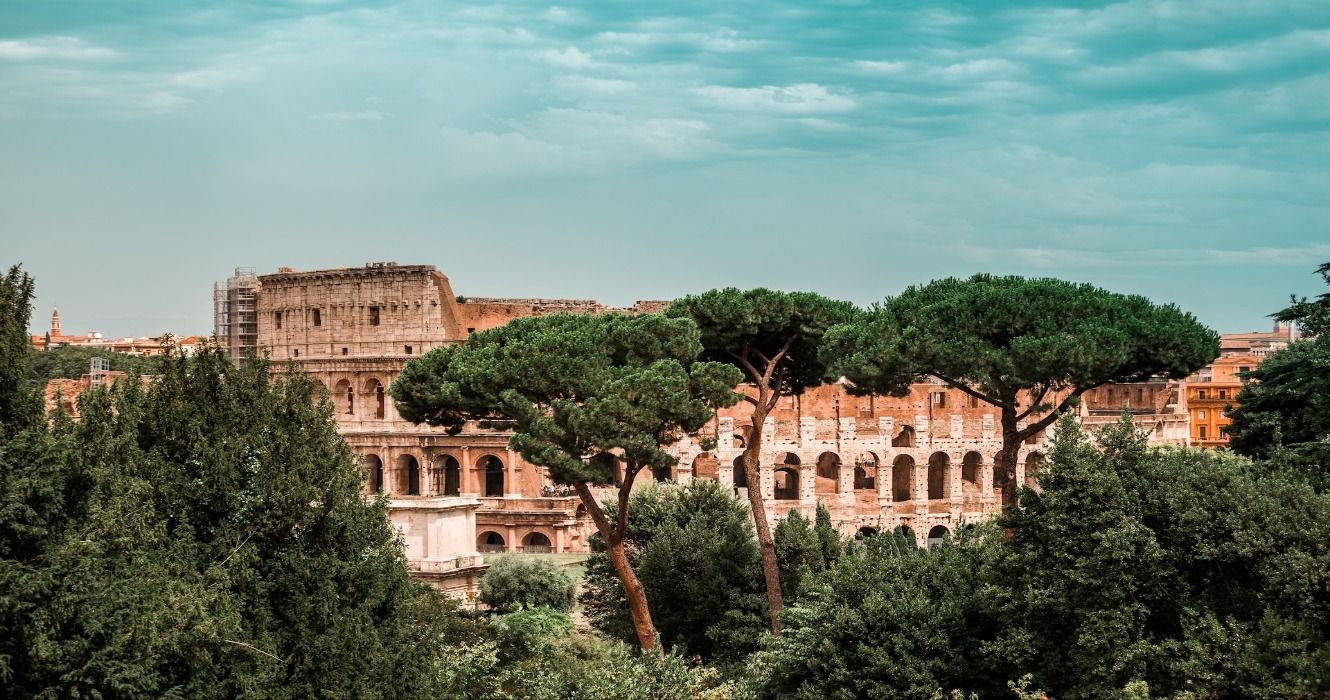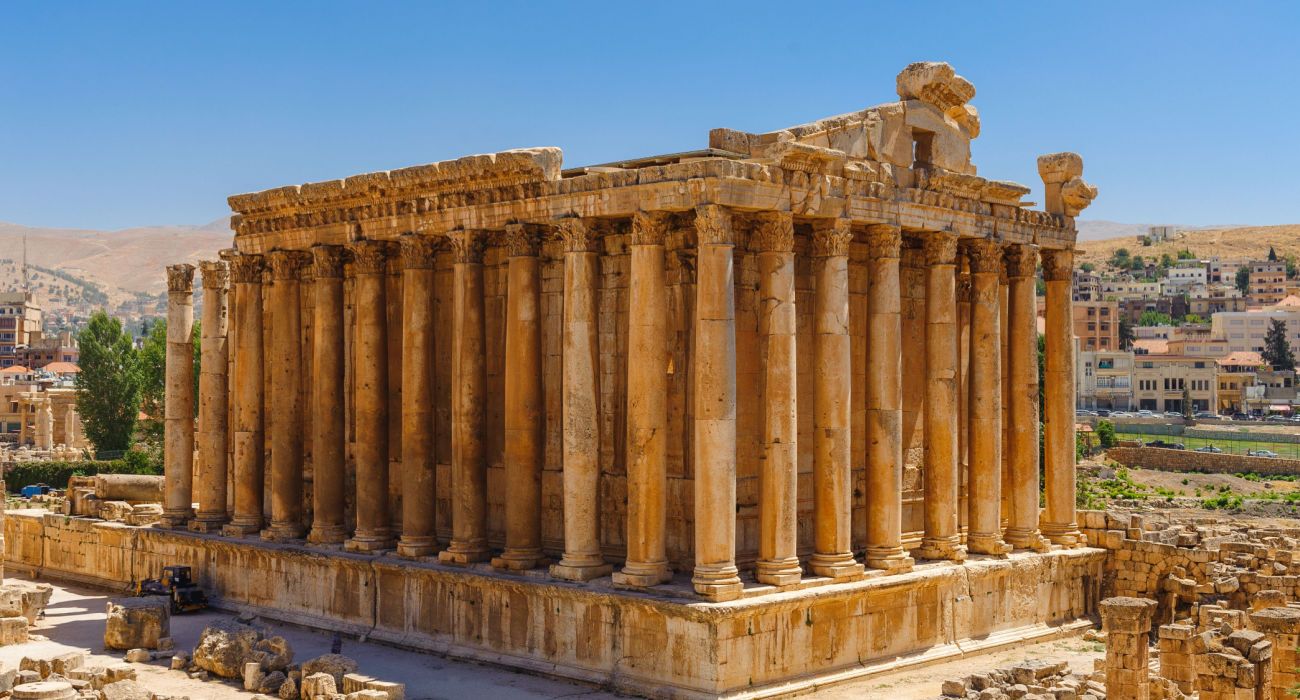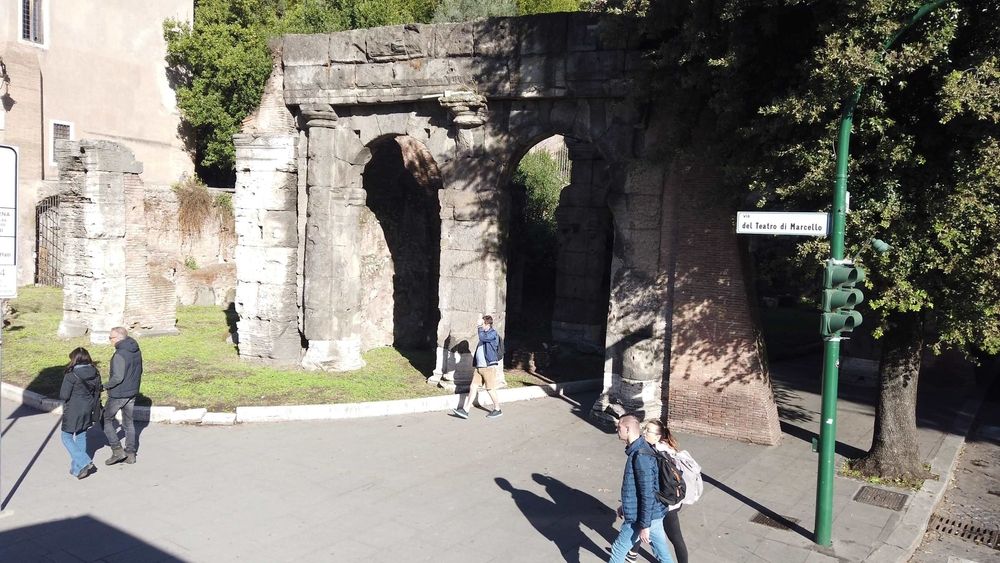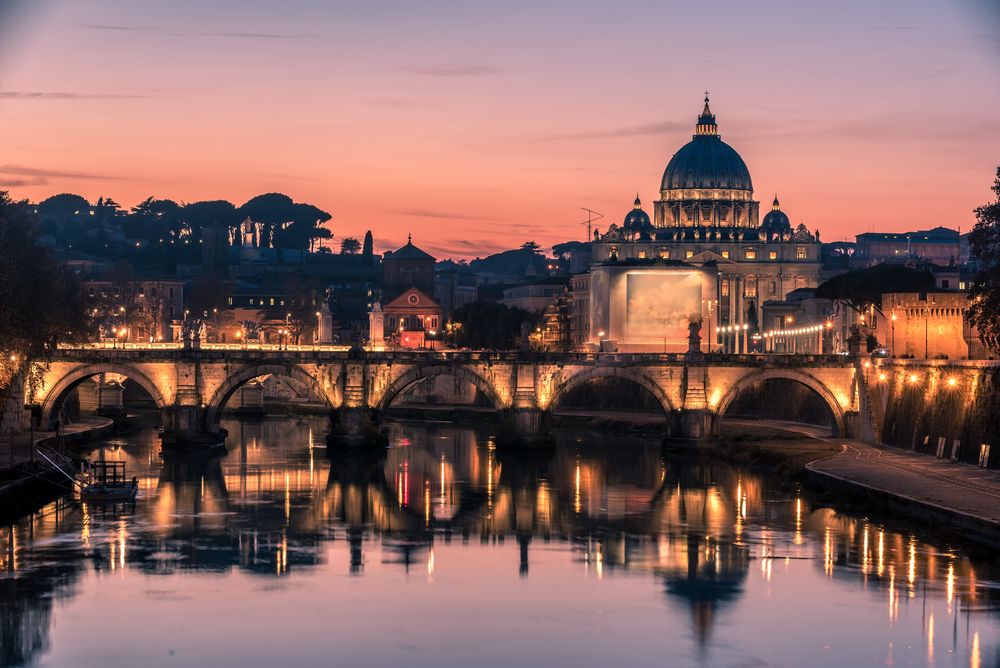Read update
- Although Long Gone, the Temple of Jupiter Optimus Maximus Represents Much Of Rome's Early History.
Summary
- The Temple of Jupiter Optimus Maximus was the oldest and most important Roman temple, dedicated to the chief god Jupiter.
- The temple was destroyed and rebuilt multiple times throughout history, but parts of the foundation still exist today.
- Visitors can see the remaining structural ruins at the Capitoline Museums, a great place to learn about the history of Rome.
Rome was known as the Eternal City, and its vast empire was lauded over the Mediterranean for hundreds of years. During that time, the Romans built many awe-inspiring temples and ancient monuments. The largest Roman temple in Rome itself was the Temple of Venus and Roma, which is still partially preserved today.
But Rome's oldest and most important temple was the Temple of Jupiter Optimus Maximus. The Roman gods were central to the Roman world and their sense of prosperity (until Christianity came along and turned everything on its head). Jupiter was the chief god of the Romans (the counterpart to the Greek god Zeus), and his temples were of particular importance.
UPDATE: 2023/12/02 15:16 EST BY NOAH STAATS
Although Long Gone, the Temple of Jupiter Optimus Maximus Represents Much Of Rome's Early History.
This article has been refreshed with new information regarding temple hunting in Rome, plus when the best time is to come here. Whether you are a history buff or merely love Roman literature and history, the Temple of Jupiter Optimus Maximus will forever be iconic. Have fun!
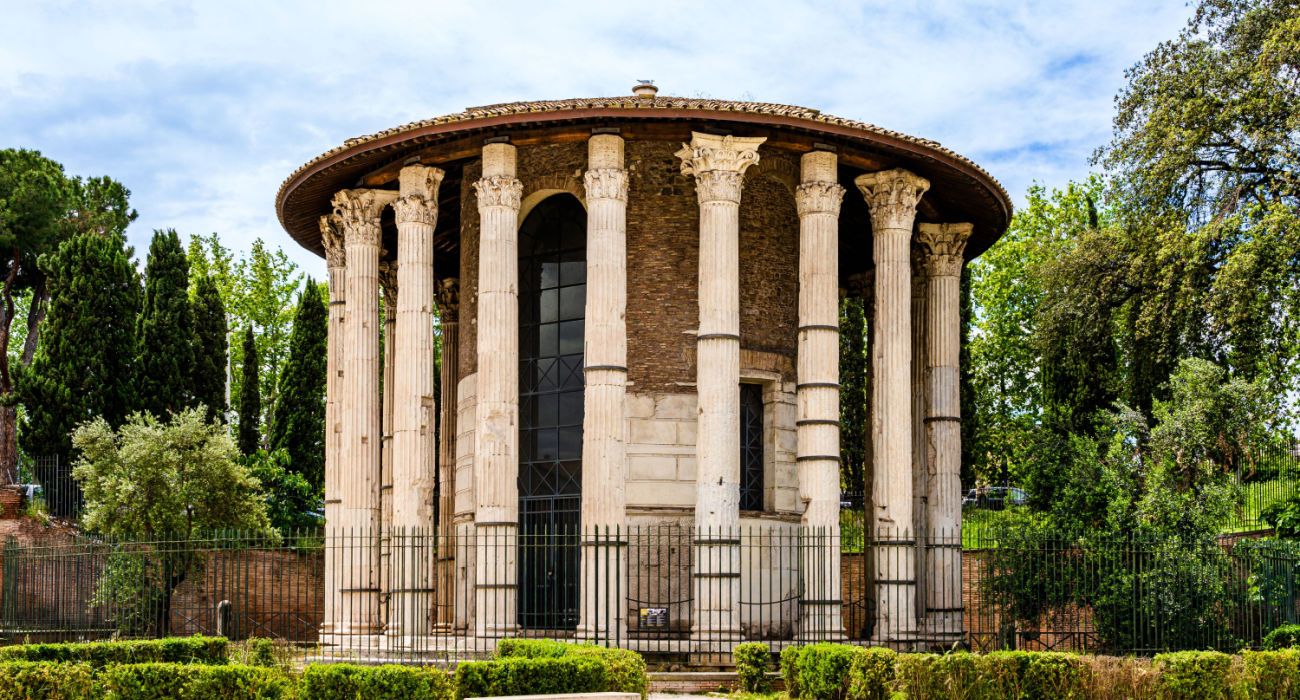
Hercules Victor: See The Oldest Standing Building In Rome (& Here's How To Visit)
The Temple of Hercules Victor may be a humble-looking temple, but it is one of the oldest buildings to survive the test of time in Rome.The Temple Of Jupiter Optimus Maximus - The Oldest & Most Important Roman Temple
This temple was located on Capitoline Hill and remains culturally important
The Temple of Jupiter Optimus Maximus was located on Capitoline Hill (one of the Seven Hills of Rome). It was set in the Area Capitolina (a precinct with many altars, shrines, victory trophies, and statues). During the history of Rome, the Eternal City had many temples, but the Temple of Jupiter Optimus Maximus was the oldest (or at least the oldest of the large temples of Rome).
Traditionally, it is thought to have been dedicated in 509 BC when Rome was still a forgotten backwater dominated by the Etruscans. The old temple was destroyed in a fire in 83 BC; more fires and destruction required more rebuilding over its history.
One rebuilt temple only lasted for five years, but the fourth temple persisted until the Fall of Rome. These earlier buildings are not known, but they were likely large.
While not much of the temple remains, it did have a huge impact on the Romans and was vitally important to them. The temple can also be seen in how it influenced many other Roman temples that sought to emulate it.
There is not much known about the exact appearance of the ancient temple (and its predecessors). The surviving parts of the old foundation still around today suggest the podium may have measured 50 by 60 meters.
- First Built: Traditionally 509 BC
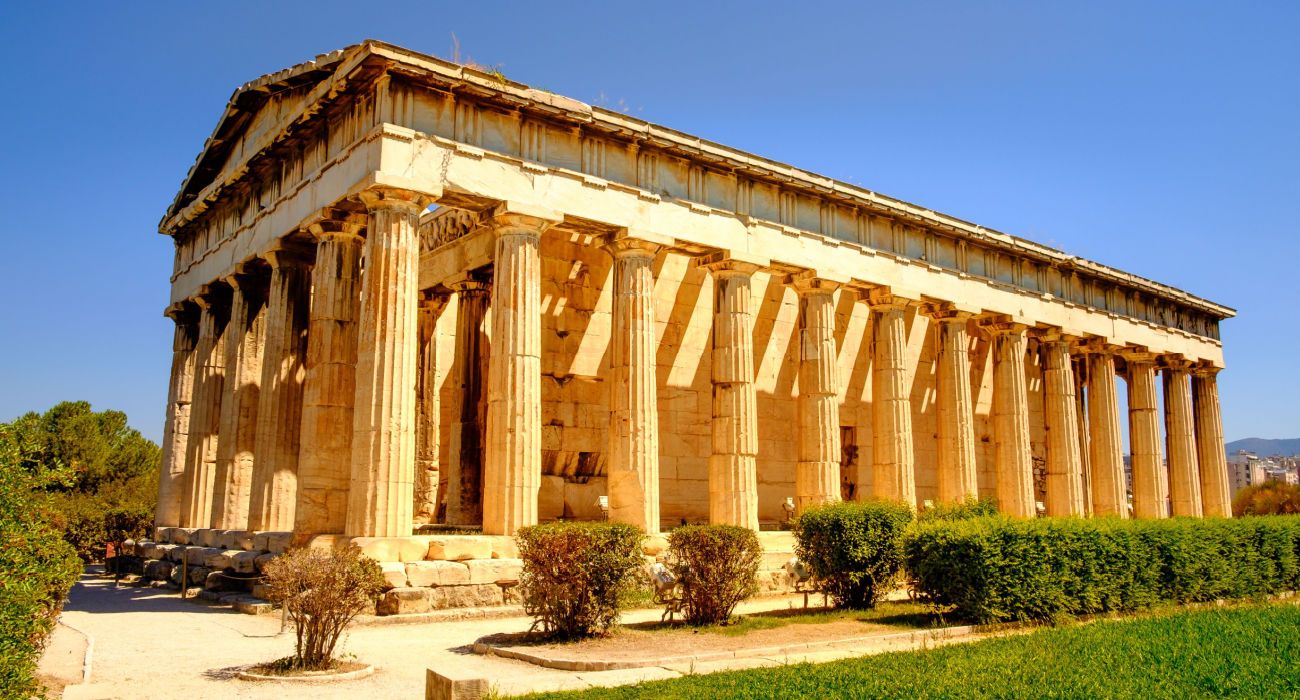
Temple of Hephaestus: The Best Preserved Ancient Greek Temple (& Its Not In The Acropolis)
The Temple of Hephaestus northwest of the Athenian Agora is one of the top attractions in Athens. It's must for those interested in Ancient Greece.Why Was The Temple Of Jupiter Optimus Maximus Destroyed?
Various rebuilds and neglect led to the fate of the Temple of Jupiter Optimus Maximus
The Temple of Jupiter Optimus Maximus was rebuilt many times throughout its existence. Initially made of wood, the site was destroyed by fire in 83 BCE, leading to a massive overhaul in the coming years. From there, the temple was destroyed and rebuilt in the Republican and Imperial periods.
Because this site was built to honor the king of the gods, those in the city never felt it was good enough or fully complete. The last rebuilding occurred under Domitian (A.D. 51-96) before the temple was heavily damaged in the fifth century.
Portions of the site still remain, so this temple, although destroyed, still exists to see the light of day. Roman architecture is some of the greatest in the world, so it's no surprise even the remains of many structures and landmarks are accessible by locals and tourists well into the 2020s.
- The Temple of Jupiter Optimus Maximus was destroyed and rebuilt several times in the Republican and Imperial periods.
- The initial structure was made of wood and was destroyed by fire in 83 BCE.
What To Know About The Great Roman God, Jupiter
The great Roman god, Jupiter, means "Sky Father"
While the temple was principally dedicated to Jupiter Optimus Maximus, it was also used to worship Minerva and Juno (counterparts to the Greek goddesses Athena and Hera, respectively). Together, they made up what was known as the Capitoline Triad. The Romans regarded him as the equivalent of Zeus, and like Zeus, his symbol was the thunderbolt.
"Jupiter Optimus Maximus" is the full name for the god Jupiter and means "Jupiter, Best and Greatest" in Latin. The name "Jupiter" derives from the Latin words "djous" and "pater" and literally means "sky father" in English.
Jupiter was the king of the gods of ancient Rome and reigned supreme in the Roman pantheon until Christianity brought paganism to a dramatic end.
The brothers of Jupiter were Neptune and Pluto (the Roman counterparts to the Greek gods Poseidon and Hades).
- The Roman god, Jupiter, translates to "sky father."
- He was the king of the gods in ancient Rome until Christianity brought paganism to an end.
Another incredibly important temple (or more actually a shrine) to the Romans was the Temple of Vestal, where the Vestal Virgins dedicated their lives to protecting the eternal flame. The ruins of the shrine can also be seen today.
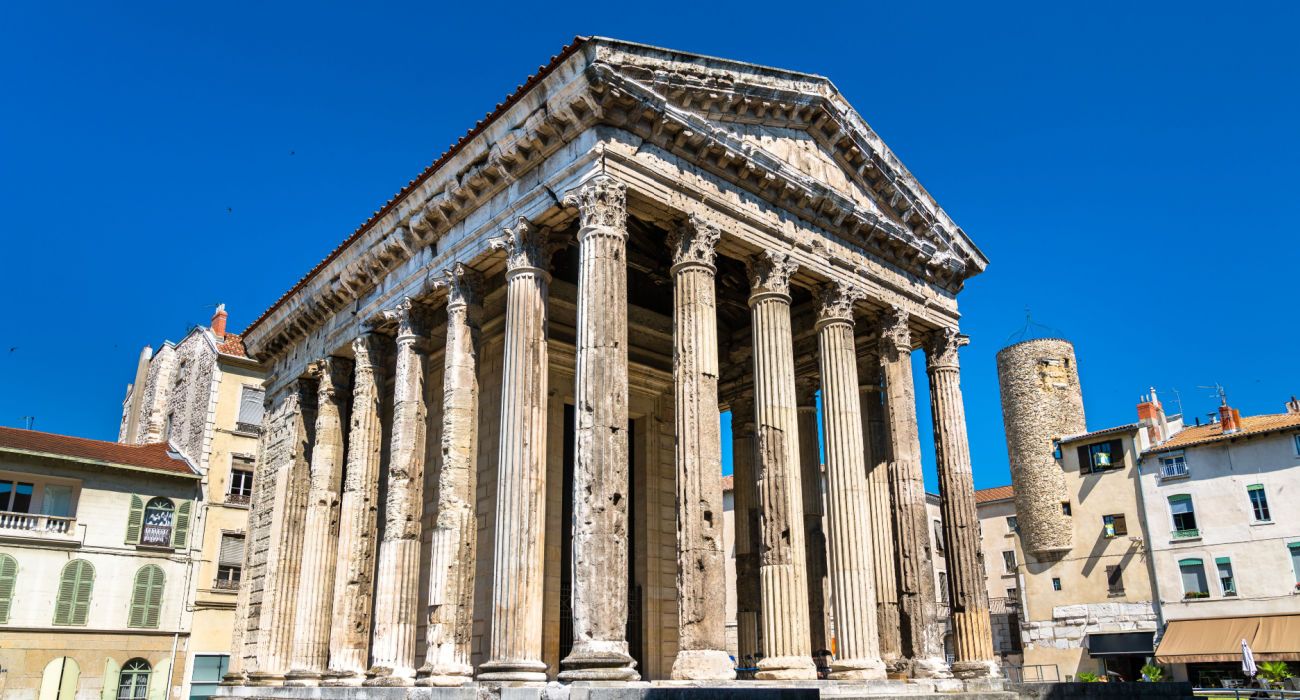
This Ancient Roman Temple Is Considered One Of The Best Preserved Today, And You Can Visit
The Temple of Augustus and Livia is one of the best-preserved Roman temples still standing today and is a must for anyone traveling near Lyon, France.See The Remains Of The Foundations Of The Temple Of Jupiter Optimus Maximus In Rome
Only some of the The of Jupiter Optimus Maximus remain to be seen
Only a few remains of the Temple of Jupiter Optimus Maximus remain today. Throughout the Middle Ages and into the Renaissance, the old ruined temple was quarried for its stone. These days, only some parts of the foundations remain. As these are the foundations, they may even date to earlier temples.
These days, the site where the Temple of Jupiter Optimus Maximus once stood on Capitoline Hill is occupied by the piazza designed by Michelangelo.
Visitors can see structural remains in situ on the grounds of the Palazzo Caffarelli (part of the Capitoline Museums). The largest piece of the temple is found within the Capitoline Museums. The Capitoline Museums can be traced back to 1471 when Pope Sixtus IV donated a series of bronze statues. The collections of paintings, statues, and other museum exhibits are important to the city of Rome.
The Capitoline Museums are a great place to learn about the history of Rome, from Antiquity to the Renaissance.
Capitoline Museums Hours & Entry Price
- Opening Hours: Daily from 9:30 am to 7:30 pm
- Admission Fees: 11 Euros ($12)
Visitors should not expect anything dramatic - the ruins are very limited. Still, checking out this temple is considered one of the best things to do in Rome for those seeking out Rome's top ancient sites.
However, to see a truly beautiful Roman temple still standing today, almost in its original condition, see the Pantheon of Rome (today, a Roman Catholic Church).
When Is The Best Time To Visit Rome?
Spring and winter bring the best weather to Rome, Italy
When coming to this stunning city to visit ancient temples (or what's left of them), the best weather comes to Rome during mid-March and April. Because many of the ancient sites throughout Rome rely on tourists going for a walk, this is a nice time to come.
The temperatures aren't sweltering, and it's also not so cold you can't enjoy yourself outside. In addition, January and February make for nice temple sightings and exploring, and there will be fewer tourists surrounding each marvel.
Italy is somewhat tropical in its weather, surrounded by the Mediterranean, making outdoor activities possible at nearly any time of the year. Summer will be hot and wetter, however, which isn't ideal for hiking, sightseeing, or much of anything outside the hotel.
Remember, much of Italy does not have AC! For everyone's sake, it might be better to come during winter or spring to see the various sites in the city.
- Best time to visit Rome: Between mid-March and April or in January and February.
Rome's historic heart of Palatine Hill is another culturally significant spot to see during a vacation here.

